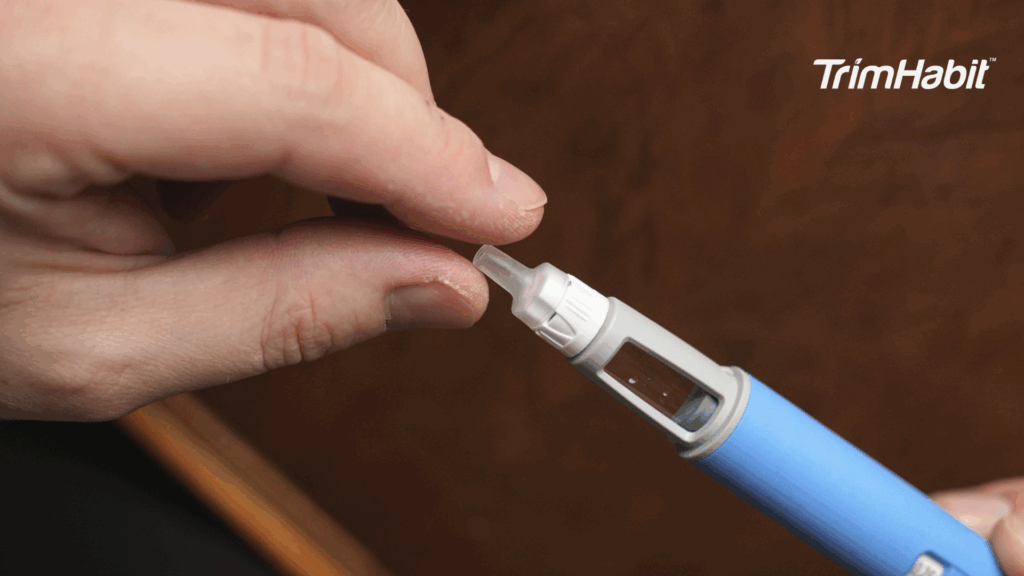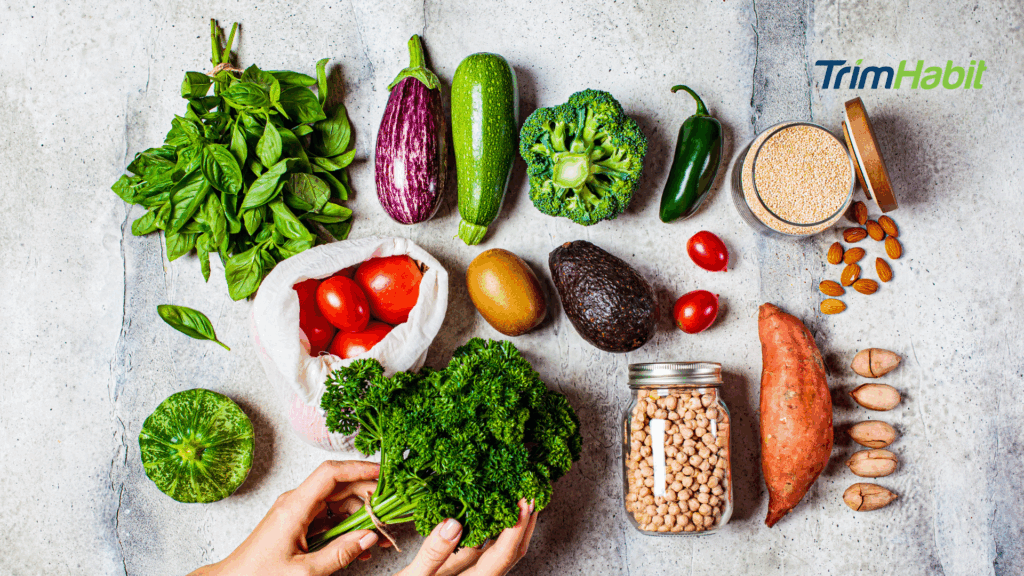Following a process on how to lose weight after tummy tuck can be quite a challenge. After the surgery, the amount of water you’re allowed would have to change or it can sometimes depend on your individual needs. In addition, there are certain foods that are best to be avoided for a couple of weeks. But what if you’ve been a healthy eater beforehand? Is it possible to lose weight after having a tummy tuck?
In this article, we’ll touch upon what you need to do after the tummy tuck, as well as some of the things that you might encounter which make it difficult to lose weight after. Be advised, it may take several months or even years of dedication to get back into your pre-tummy tuck body.
What Is A Tummy Tuck Procedure?
A tummy tuck, also referred to as an abdominoplasty, is a cosmetic surgery that changes the way your abdomen looks and feels. Excess abdominal fat and excess abdominal skin are removed during the procedure.
Sutures are typically used to tighten the fascia, the connective tissue in the belly. The remaining skin is then moved to give off a toned appearance.
Pregnant ladies, as well as men and women who have recently undergone significant weight loss, are the ideal candidates for a tummy tuck.
How To Lose Weight After Tummy Tuck?
A common concern of tummy tuck patients is weight gain. If you are looking to lose weight after tummy tuck surgery, then there are some things you should avoid.
These weight loss mistakes can cause more harm than good and might be the reason for gaining weight after a tummy tuck.
Primarily, you should be at or close to your goal weight before getting one because it is not a weight loss procedure. Keep in mind that it is meant to be a contouring procedure that tightens your skin and improves the appearance of your abdomen. Therefore, weight gain is still possible after a tummy tuck.
Although the excess fat is removed during the abdominoplasty, the remaining fat cells can still grow depending on what you put into your body. If you are concerned about the possible weight gain, then follow these tips to help you maintain or lose weight after a tummy tuck:
1. Eat Right and Monitor your Diet
After your tummy tuck surgery, it is more important to eat right. By monitoring your diet and eating right, you can avoid weight gain. To sustain your results over time, you’ll need to continue with your good eating habits, in addition that it may properly fuel your body for the best and quickest recovery.
Which makes it even better since you’re not only getting the proper nutrients but also accelerating your healing process. Here are some healthy eating suggestions to keep you in shape and preserve the stunning results of your stomach tuck for many years to come:
- Put down the soda.
Soft drinks are harmful to your health, as you’ve probably already known. They are harmful to your digestive system, skin, and kidneys. Soda is a source of empty calories that contribute to obesity and increases your risk of type 2 diabetes. The same rules apply to people who drink diet soda. Even with diet soft drinks, people are still more likely to develop type 2 diabetes and develop obesity than non-soda drinkers1.
- Eat in Moderation
The key is to consume only what your body requires. Eating in moderation does not only maintain your physique but it can also be healthy. Even though it’s acceptable to occasionally sneak a sugary treat or “cheat” meal, try to limit your intake. Excessive consumption of unhealthy foods may lead to obesity and other chronic diseases.
- Add Carbs
Sadly, carbs have a terrible reputation. Many individuals have been misled into thinking that eating carbohydrates is a surefire way to get obese, thanks to some well-known fad diets that promote a low- or no-carb strategy.
When in fact, your body requires carbohydrates. Humans mostly derive their energy from carbohydrates. Having said that, it’s critical to understand the variations in carbohydrates.
You need to identify the “good” from “bad” carbs. “Bad” carbs, commonly referred to as simple carbs, are present in many processed foods, baked goods, and grains like white bread and pasta, while “good” carbs are referred to as complex carbs and are present in foods like legumes and whole grains.
These are much more slowly broken down by your body, giving you longer-lasting energy and more digestible nourishment. Foods like green vegetables, beans, and potatoes are other sources of healthful carbohydrates.
2. Keep Hydrated
Dehydration makes your skin look more dry and wrinkled. By being properly hydrated, you can keep your skin looking great. In fact, drinking enough water each day could improve your appearance such as maintaining your skin’s elasticity.
There will also be times when a feeling of hunger is actually you just being thirsty. Keeping yourself dehydrated can help prevent you from consuming excess food or just avoid those sudden cravings. It’s best to drink plenty of water, aiming for 10 to 15 glasses per day.
3. Get Lots of Rest
It can be inspiring to workout to maintain your body after the tummy tuck, but try not to rush your recovery as it could be a health risk and might interfere with the results of your surgery. Placing both physical and emotional stress on your body can lead to weight gain.
Limiting your movement and getting enough sleep is essential for your body’s healing process. Allow yourself to rest so you will produce the best long-term results. Your workout will be more effective, and you will be far less likely to seek unhealthy meals or habits if you get enough recovery time.
4. Exercise Regularly
Regular exercise is a necessary component of weight loss in a fair amount of time. Once you have fully given yourself the right amount of rest, increase your cardiovascular and muscle-building activity levels and maintain a regular schedule.
Again, rest is necessary in the initial days following tummy tuck surgery in order to prevent issues that could result in setbacks. The quicker you can resume your regular activities after a tummy tuck, the better off you will be.
You will most likely be able to walk about with little discomfort a few days after your operation. After a belly tuck, taking short, easy walks might help you gradually get back into exercise and reduce swelling. Keep moving with low-impact exercises.
5. Add Liposuction with a Tummy Tuck
In order to remove excess fat and excess skin at the same time, many people opt to combine liposuction with their tummy tuck.
Liposuction is a less invasive surgery that eliminates fat that is resistant to dietary and activity changes. The greatest treatments for stubborn areas of fat that just won’t go away are liposuction and CoolSculpting. By removing fat deposits from the targeted location, the technique will reduce bulges and improve your body’s shape.
A tummy tuck is used to reshape and tighten your abdominal muscles. It is intended to make your midsection look flat and contoured. The rectus abdominus, or sit-up muscles, may need to be brought back together during this surgery if pregnancy caused them to extend or separate.
To get rid of the excess fat and loose skin that you have around your midsection and successfully achieve your weight loss objectives, you can choose both the aid of liposuction and tummy tucks.
6. Follow up with your Surgeon
As part of your preparation, before you decide to undergo a tummy tuck, make sure that your surgeon is board certified. After your procedure, your plastic surgeon will provide you with detailed instructions on how to care for yourself while you heal. Follow any activity limits, and don’t push yourself too hard by starting your normal routine too soon.
Call your plastic surgeon if you have any concerns about what you should or shouldn’t do during recovery. Following your post-operative instructions could shorten your recovery time and perhaps have an impact on how your outcome turns out.
7. Go Drain-Free
Up until recently, there was no other option than to employ drains to remove the extra fluid that accumulates behind the abdominoplasty incision.
Today, some plastic surgeons provide a tummy tuck without a drain. This is accomplished by combining a unique stitching method with progressive tension sutures, a brand-new kind of suture.
This method of stitching up the incision closes the pocket where fluid would typically gather since it tightly sutures the skin to your muscle. This completely does away with the necessity for drains. Going drain-less not only results in a much more comfortable recovery, but it might also improve the outcome of your tummy tuck.
A no drain tummy tuck includes liposuction to remove extra fat; providing better contours. Since the drain free tummy tuck holds your tissues closer together, your surgery can be stabilized sooner2. You have a considerably higher chance of having a successful tummy tuck when your recovery is quicker and less stressful.
Common Mistakes After Tummy Tuck Surgery
It’s worth mentioning that even with your research and all your planning, there can still be mistakes along the way. Below are some you should be aware of:
- Setting unrealistic goals
Following a tummy tuck, you might need to remove 10 to 30 pounds of extra fat. After your treatment, you can feel inspired and determined to finish your weight loss journey. You won’t succeed in losing weight if you have unrealistic expectations for yourself.
If you want to reach your ideal weight soon, you will need to drastically cut back on calories. You might achieve it for six months to a year if you really cut back on your food.
However, it’s more important to make adjustments that will be sustainable for you to continue in the long run. You want to be able to support your new body weight for the rest of your life and not hinder or revert back to before your tummy tuck.
Tummy tuck results would also take time; where it could take weeks to heal or even longer. This could also set you back and challenge your reserve and expectations. Don’t allow delays or high expectations to shrink you from your weight loss goals.
- Concentration only on the stomach
The most frequent mistake observed from tummy tuck patients exercising is that they solely concentrate on the abdomen. It is acceptable to include stomach workouts like crunches and sit-ups in your fitness regimen.
These activities are excellent for toning your new, trim abdomen, as are planks, bicycling, and leg lifts. However, they scarcely expend any calories at all. The average person may only burn between three and nine calories per minute with these workouts, depending on effort level and body weight. Incorporate other exercises, such as light cardiovascular activities, and then gradually increase them when your body is finally strong enough to handle them.
- Overdoing exercise
Your body still requires enough recovery time in between workouts even after it has recovered from tummy tuck surgery.
Try to avoid working out the same muscle groups twice in a row to prevent derailment of your fitness and weight loss objectives.
What Should You Anticipate From A Tummy Tuck Surgery?
As with any surgical procedure, it is important to be aware of outcomes such as recovery requirements and risks. These must be considered before committing to the abdominoplasty procedure:
- Your belly button and an abdominal incision will probably be covered with surgical dressing following a tummy tuck. To drain any extra blood or fluid, small tubes may be positioned close to the incision site.
- Stretch marks cannot be erased after a tummy tuck, but they can be improved if they are present in the areas where excess skin will be removed.
- Most likely, you’ll receive painkillers. Swelling in the surgery area is normal.
- After surgery, drains could remain in place for a few days. Your doctor will walk you through clearing and maintaining your drains. As long as the drains are in place, you may need to keep taking an antibiotic.
- Following your tummy tuck, you will need to wear an abdominal binder for around six weeks. This prevents fluid accumulation and offers abdominal support as you recover.
- Don’t forget to find out how frequently you need to see your doctor.
Possible Tummy Tuck Complications
There are risks with any plastic surgery. If you smoke, have diabetes, poor circulation, or heart, lung, or liver problems, you may be at higher risk of some consequences. Possible complications include:
- Hematoma (bleeding)
- Infection
- Seroma (accumulation of fluid)
- Blood clots
- Numbness
- Poor wound healing
- Fat necrosis (death of fatty tissue located deep in the skin)









